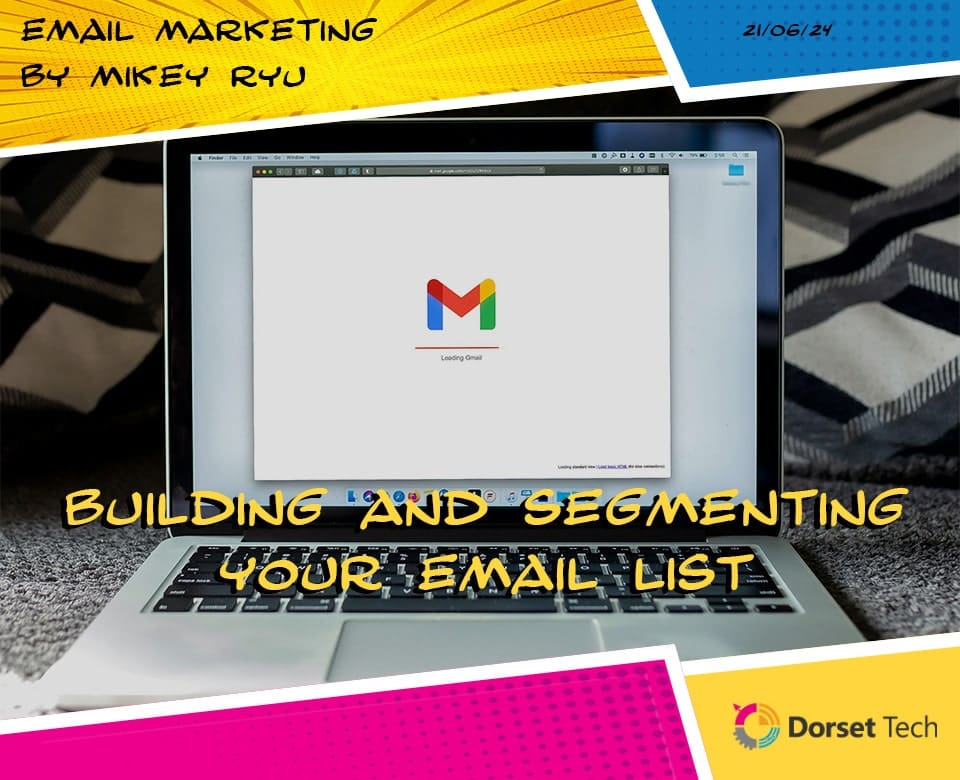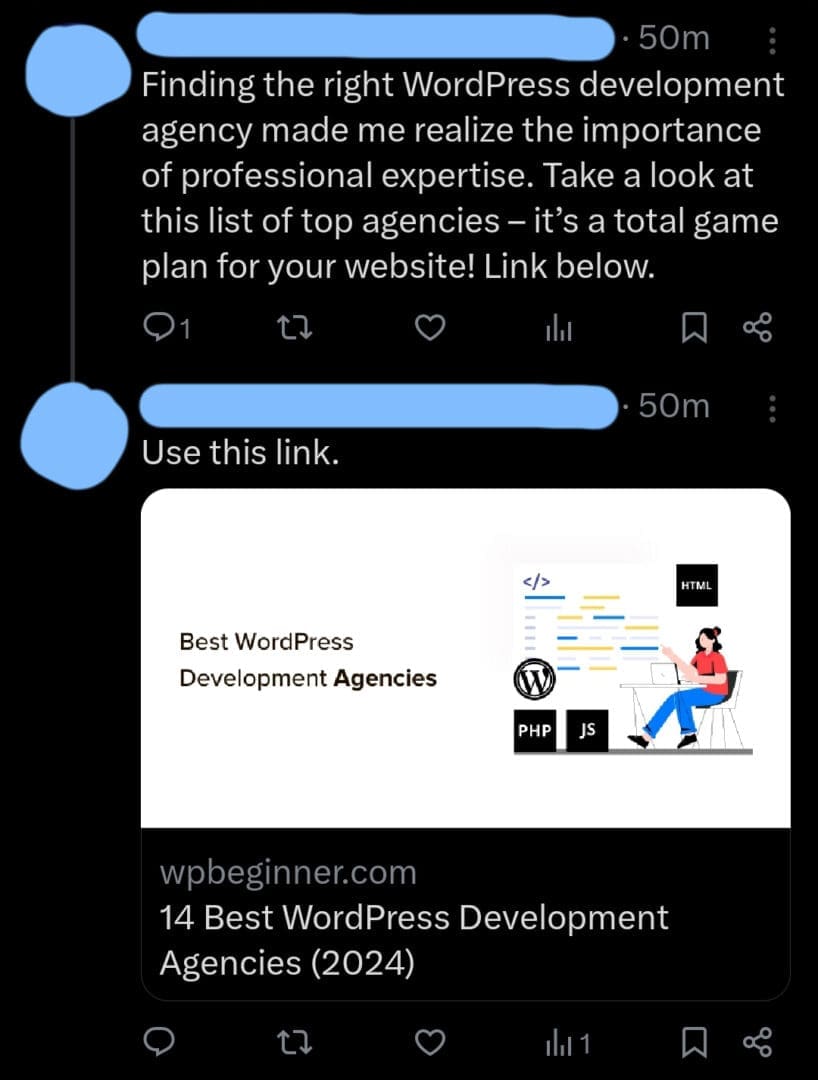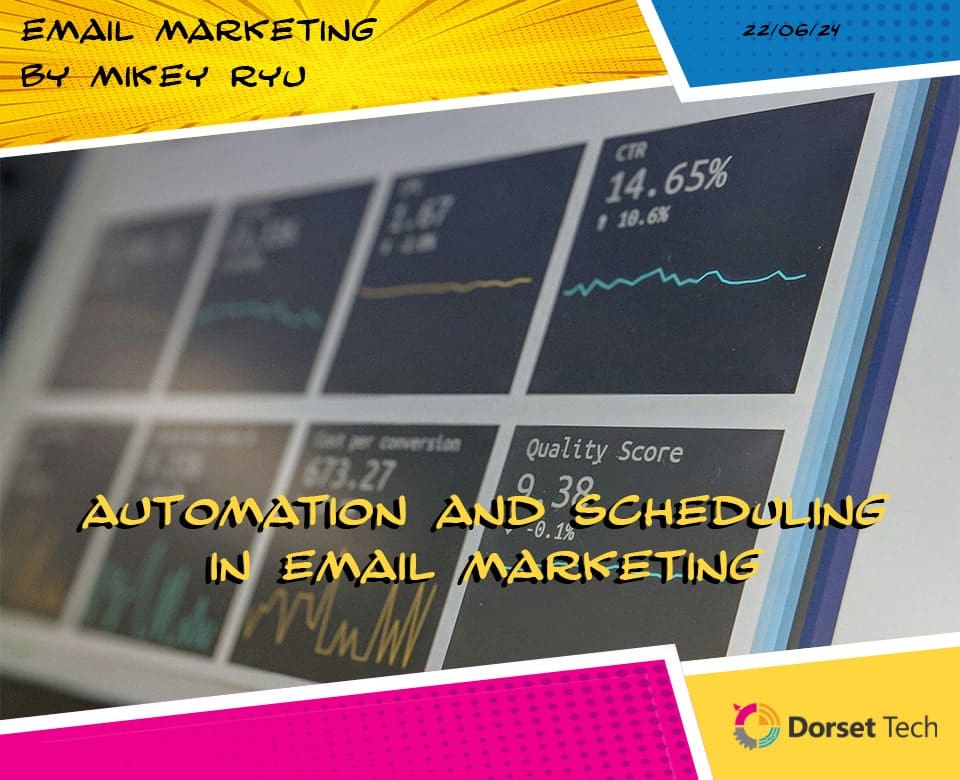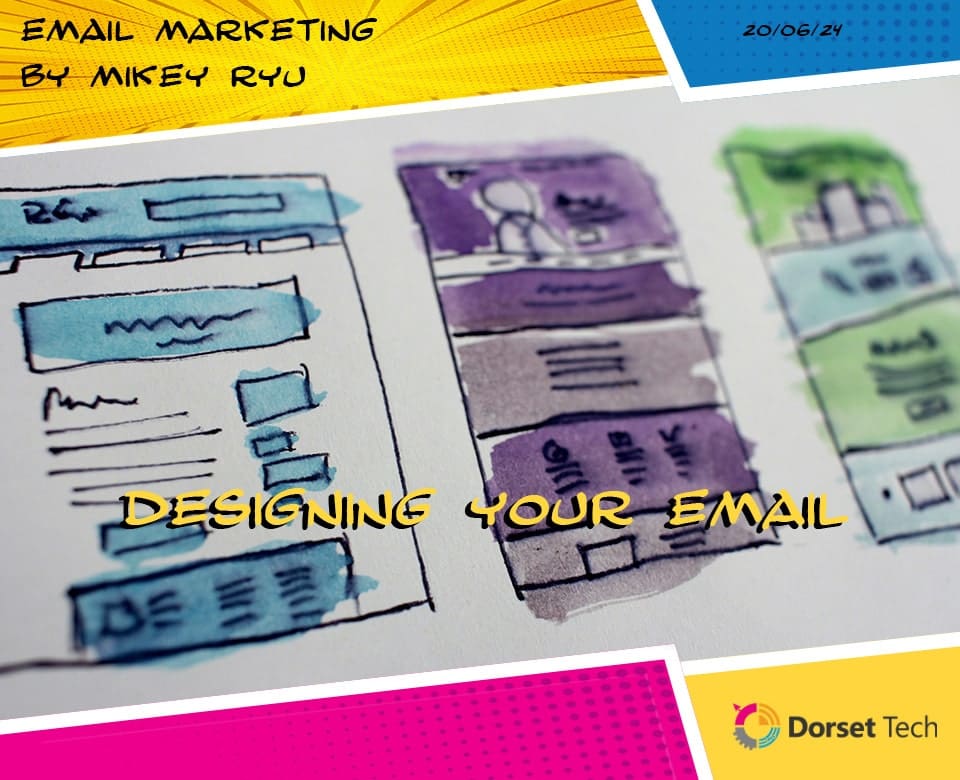
Building and Segmenting Your Email List
In the digital marketing landscape, email marketing stands out as a powerful tool for engaging with your audience. However, the success of your email campaigns heavily relies on the quality and segmentation of your email list. Building a robust email list and segmenting it effectively can significantly enhance your marketing efforts, leading to higher engagement and conversions. This blog will explore the importance of a quality email list, strategies for building and segmenting your list, and best practices for maintaining list hygiene.
The Importance of a Quality Email List
A quality email list is the cornerstone of effective email marketing. Unlike a large, unqualified list, a well-curated email list ensures that your messages reach people who are genuinely interested in your products or services. Here’s why a quality email list matters:
- Higher Engagement Rates: A targeted email list typically results in higher open and click-through rates because the recipients find the content relevant and valuable.
- Better Deliverability: Maintaining a clean list with engaged subscribers helps improve your sender reputation, ensuring that your emails land in inboxes rather than spam folders.
- Increased Conversions: A quality list allows for more personalised and targeted campaigns, which can lead to higher conversion rates and better ROI.
- Reduced Costs: By focusing on engaged subscribers, you can avoid wasting resources on uninterested or inactive recipients, making your campaigns more cost-effective.
Strategies for List Building
Building a robust email list requires strategic planning and execution. Here are some effective strategies to grow your email list:
- Website Sign-Up Forms: Place sign-up forms in prominent locations on your website, such as the homepage, blog, and contact page. Ensure they are easy to fill out and highlight the benefits of subscribing.
- Content Upgrades: Offer exclusive content, such as eBooks, whitepapers, or guides, in exchange for email addresses. This provides value and incentivizes visitors to join your list.
- Social Media Promotion: Use your social media channels to promote your email list. Share links to your sign-up form and highlight the benefits of subscribing.
- Lead Magnets: Create lead magnets like discounts, free trials, or access to webinars to attract new subscribers. Ensure the lead magnet is relevant and valuable to your target audience.
- Referral Programs: Encourage your existing subscribers to refer friends and family by offering incentives such as discounts or exclusive content.
Opt-In Forms and Landing Pages
Opt-in forms and landing pages play a critical role in capturing subscribers. Here’s how to make them effective:
- Engaging Forms: Design engaging and visually appealing forms that capture attention. Use clear and concise language to communicate the benefits of subscribing.
- Strategic Placement: Place forms in high-visibility areas, such as pop-ups, sidebars, and at the end of blog posts.
- Minimal Fields: Keep the form fields to a minimum to reduce friction. Usually, requesting just an email address and name is sufficient.
- Compelling CTA: Use a strong call-to-action (CTA) that encourages visitors to subscribe. Phrases like “Join Now” or “Get Started” can be effective.
Incentives and Lead Magnets
Incentives and lead magnets are powerful tools for encouraging sign-ups. Here are some ideas:
- Exclusive Content: Offer subscribers access to exclusive content, such as detailed guides, eBooks, or industry reports.
- Discounts and Offers: Provide special discounts, coupons, or limited-time offers to new subscribers.
- Free Trials: Offer free trials of your products or services to give potential customers a taste of what you offer.
- Webinars and Events: Host webinars or live events and require an email address for registration.
Segmenting Your Email List
Segmenting your email list involves dividing it into smaller groups based on specific criteria. This allows for more targeted and personalized email campaigns.
The Benefits of Audience Segmentation
- Increased Relevance: Segmented emails are more relevant to the recipients, leading to higher engagement rates.
- Improved Personalisation: Segmentation allows for tailored content that resonates with each group’s interests and needs.
- Higher Conversion Rates: Targeted emails are more likely to convert because they address the specific pain points and desires of each segment.
- Better Deliverability: Sending relevant content to engaged segments can improve your sender reputation and email deliverability.
Criteria for Segmentation
When segmenting your email list, consider the following criteria:
- Demographics: Segment by age, gender, location, job title, and other demographic factors.
- Behavioural Data: Use data on past purchases, website activity, email engagement, and customer journey stages.
- Preferences and Interests: Segment based on the preferences and interests indicated by subscribers, such as favourite products or content types.
- Engagement Level: Divide your list into highly engaged, moderately engaged, and inactive subscribers.
Key Factors to Consider When Segmenting
- Data Quality: Ensure you have accurate and up-to-date data for effective segmentation.
- Relevance: Choose criteria that are relevant to your campaign goals and can provide actionable insights.
- Segment Size: Ensure your segments are neither too broad nor too narrow. They should be large enough to provide meaningful insights but focused enough for targeted messaging.
Personalisation Through Segmentation
Personalisation is the key to successful email marketing, and segmentation makes it possible.
Enhancing Engagement with Targeted Emails
- Dynamic Content: Use dynamic content to display different messages to different segments within the same email.
- Personalised Recommendations: Offer product or content recommendations based on past behaviour and preferences.
- Behavioural Triggers: Set up automated emails triggered by specific actions, such as cart abandonment or recent purchases.
- Tailored Messaging: Customise your email content to address the unique needs and interests of each segment.
Maintaining List Hygiene
Keeping your email list clean and updated is crucial for maintaining high deliverability rates and ensuring your emails reach the intended recipients.
Keeping Your Email List Clean and Updated
- Regular Cleaning: Periodically review and clean your email list by removing inactive subscribers and invalid email addresses.
- Use Double Opt-In: Implement a double opt-in process to ensure that only genuinely interested recipients join your list.
- Monitor Bounce Rates: Keep an eye on your bounce rates and remove addresses that consistently bounce.
- Engagement Segmentation: Regularly segment your list based on engagement levels and focus your efforts on the most engaged subscribers.
- Provide Easy Unsubscribe Options: Make it easy for subscribers to unsubscribe if they no longer wish to receive your emails. This helps maintain a positive sender reputation and reduces the likelihood of your emails being marked as spam.
Conclusion
Building and segmenting your email list is a strategic process that requires careful planning and execution. By focusing on quality over quantity, using effective list-building strategies, and leveraging the power of segmentation, you can create highly targeted and personalized email campaigns. Maintaining list hygiene ensures your emails continue to reach engaged and interested recipients, driving better results and higher ROI. Following these best practices will help you build a robust and responsive email list that supports your overall marketing goals.























